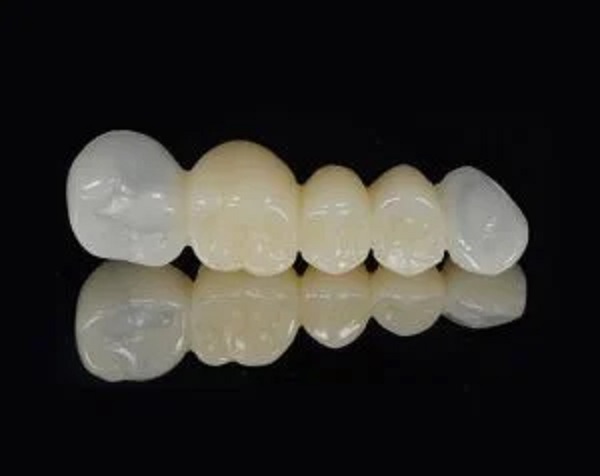
When it comes to dental crowns, durability, and aesthetics are two of the most important factors to consider. A crown is a cap that covers a damaged or weakened tooth, restoring its shape, size, and function. Whether you’ve had a root canal or need to cover a cracked or decayed tooth, choosing the right material for your crown is essential for long-term success.
In this blog, we’ll explore the most common materials used for tooth crowns, their advantages, and how they compare in terms of strength, appearance, and longevity.
1. Porcelain (Ceramic) Crowns: A Natural Look
Porcelain crowns are known for their excellent aesthetic qualities. They are made from a type of ceramic material that can be crafted to closely match the color, shape, and translucency of natural teeth. This makes them a popular choice for front teeth, where appearance is particularly important.
Advantages:
- Highly aesthetic and natural-looking
- Resistant to stains, maintaining their color over time
- Ideal for patients who have metal allergies or sensitivities
Disadvantages:
- Can be more prone to chipping or cracking under pressure compared to metal crowns
- May not be as durable as some other materials for back teeth
2. Metal Crowns Durability Above All
Metal crowns, often made from gold, platinum, or a combination of alloys, are known for their incredible strength and longevity. These crowns can withstand significant wear and tear, making them ideal for molars or teeth that experience heavy biting forces.
Advantages:
- Extremely durable and long-lasting
- Resistant to wear, making them perfect for back teeth
- Require less removal of natural tooth structure compared to some other crowns
Disadvantages:
- Not aesthetically pleasing due to their metallic color
- May not be suitable for visible areas of the mouth
3. (PFM) Crowns: Best of Both Worlds
Porcelain-fused-to-metal (PFM) crowns combine the best aspects of both porcelain and metal. The metal base provides the necessary strength and durability, while the porcelain outer layer gives the crown a more natural appearance. These crowns are commonly used for both front and back teeth.
Advantages:
- Stronger than pure porcelain crowns due to the metal core
- More aesthetically pleasing than full metal crowns
- Great for patients who need a balance between durability and appearance
Disadvantages:
- The metal may be visible at the gum line, which can detract from its appearance, especially in the front of the mouth
- Can be more prone to gum irritation compared to all-ceramic crowns
4. Zirconia Crowns: Strength Meets Beauty
Zirconia crowns are made from a durable type of ceramic that is quickly gaining popularity in the dental industry. Zirconia is extremely strong and can withstand the forces of chewing without chipping or cracking. It also provides a natural-looking appearance, making it suitable for both front and back teeth.
Advantages:
- Highly durable and resistant to chipping or cracking
- Stronger than traditional porcelain crowns
- Can be customized to match the natural color of teeth
Disadvantages:
- Can be more abrasive to adjacent teeth compared to other materials
- Requires specialized equipment for placement and shaping
5. Resin-Modified Glass Ionomer Crowns
Resin-modified glass ionomer crowns are often used for temporary solutions or less visible teeth. While they can provide durability and strength, they don’t quite match the aesthetic or longevity of other materials like porcelain or zirconia. These crowns are sometimes used for pediatric dental treatments or as an interim solution before more permanent restoration is completed.
Advantages:
- More affordable than other crown materials
- Can release fluoride, which may help protect against decay
Disadvantages:
- Not as durable as porcelain or metal options
- More likely to wear down or discolor over time
Choosing the Right Crown Material for You
The best crown material for your dental restoration depends on several factors, including the location of the tooth, your aesthetic preferences, your budget, and the condition of your oral health. If you’re replacing a back molar, durability and strength may be your top priority, making metal or zirconia a great choice. If you’re looking for something that blends in naturally with the rest of your smile, porcelain or PFM may be the best fit.
It’s always important to consult with your dentist in High Wycombe to discuss the pros and cons of each material and decide on the best option for your individual needs. With the right choice of material, you can enjoy a strong, functional, and beautiful smile for years to come!
